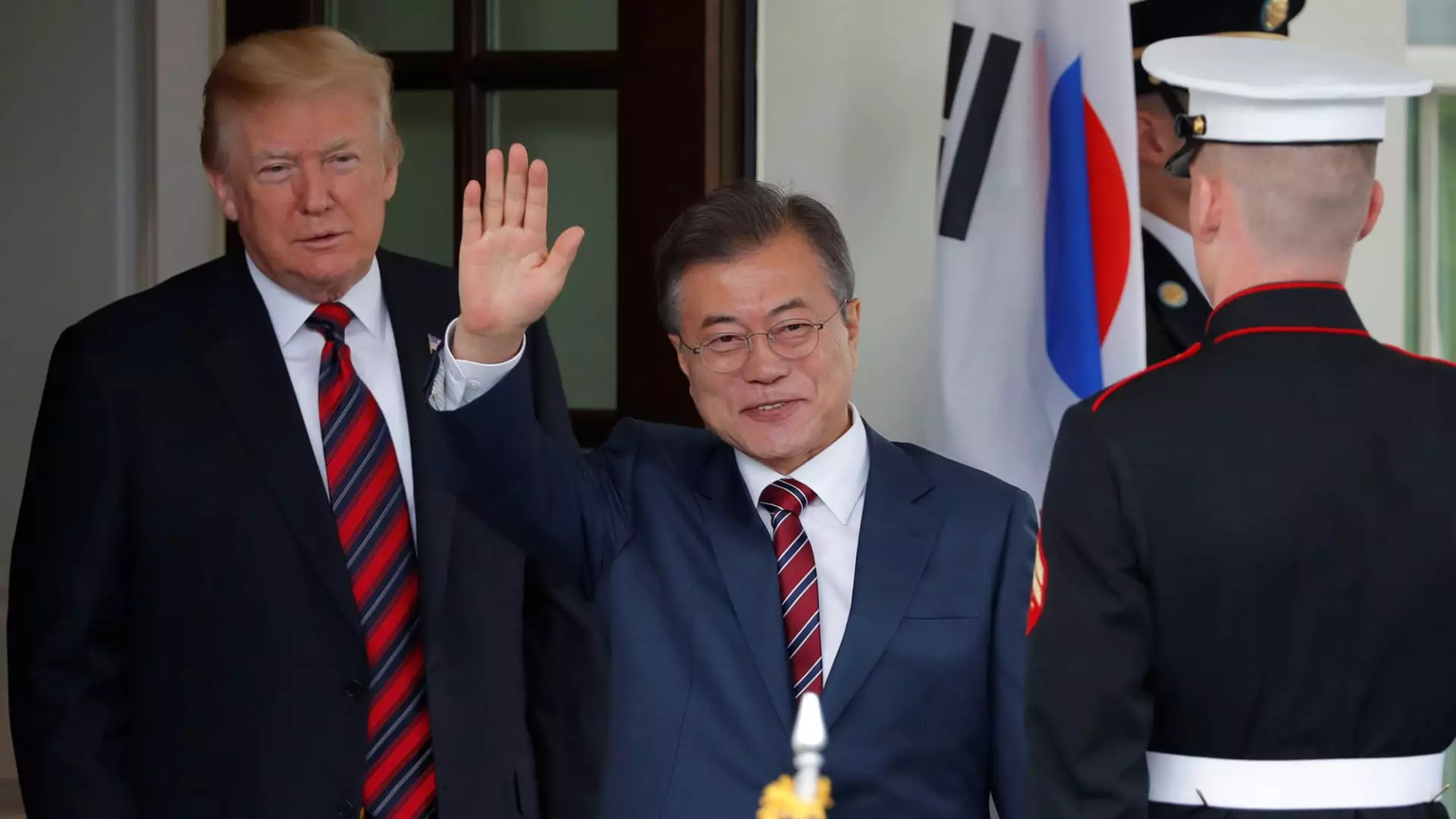The U.S. automotive industry stands at a crossroads as geopolitical and economic tensions shape the landscape of vehicle imports and exports. With President Donald Trump signaling the possibility of increased tariffs on trading partners, particularly targeting South Korea and Japan, the implications for the American car market could be profound. These developments underscore the fragility of global trade agreements and their direct impact on consumers, manufacturers, and the broader economy.
Tariffs serve as a tax imposed on imports, impacting the cost structure of foreign goods brought into the United States. The auto industry, being heavily reliant on global supply chains, finds itself particularly vulnerable to these trade policies. South Korea and Japan, key players in vehicle production, contributed to a substantial percentage of the cars sold in the U.S. last year—16.8% combined—indicating both countries’ critical role in meeting American consumer demand.
The current tariffs differ based on origin. Japanese vehicles already incur a 2.5% tariff, while those from South Korea benefit from a zero-tariff regime. This imbalance may soon be addressed if Trump follows through with a threat to impose more stringent levies, particularly a 25% tariff that has been discussed for Canada and Mexico. The ramifications of this could drastically reshape market dynamics, as General Motors and Hyundai, which export from South Korea, could see their operational costs soar, likely passing these increases on to consumers.
Market Dynamics and Competitive Landscape
The U.S. automobile market has recently seen a surge in South Korean exports, with Hyundai emerging as the largest provider of vehicles to the U.S., overtaking both Japan and Canada. This relative shift highlights the evolving competitive landscape. In 2024, South Korean automakers accounted for 8.6% of U.S. vehicle sales, in stark contrast to the 1.31 million vehicles exported from Japan, which has seen a decline in its market share over the years.
As U.S. consumers increasingly turn toward South Korean brands, including Hyundai and Kia, the implications of new tariffs could significantly disrupt purchasing patterns. Analysts warn that consumers facing higher vehicle prices due to elevated tariffs may curtail their spending, potentially leading to decreased overall demand—a sobering thought for manufacturers dependent on lucrative U.S. sales.
Ford’s CEO, Jim Farley, has already voiced concerns regarding the fairness of a piecemeal tariff approach. He advocates for a comprehensive assessment of the tariff structure affecting various countries, emphasizing that selective targeting could disadvantage American manufacturers. To remain competitive, automakers must navigate these increasing costs adeptly.
Both GM and Hyundai have established considerable footholds in the U.S., with GM increasing its import of South Korean-made vehicles significantly in recent years. However, despite the apparent reliance on South Korean production, the overall landscape paints a picture of precariousness, as shifting tariffs could ignite uncertainty. Historical data suggests U.S. exports to South Korea have shrunk, revealing a persistent challenge for U.S. automakers wishing to thrive in the global marketplace.
The potential for price hikes as tariffs are introduced is a crucial matter for consumers. Increased vehicle costs may discourage buyers, especially in an economic climate trying to recover post-pandemic. The auto industry, while adaptive, will struggle to pass on these costs without deterring demand. Trade experts assert that while the automotive sector can eventually adjust to new market conditions, the transition requires time—a luxury that the fast-paced consumer market may not afford.
However, experts like Terence Lau, a former trade advisor for Ford, highlight that the industry maintains a fundamental resilience. Car manufacturers will continue innovating and producing vehicles that appeal to consumers, reflecting an innate adaptability to evolving circumstances. Yet, they may find themselves cornered by costs that drastically alter productive viability if the tariffs rise excessively.
The ongoing discussions surrounding tariffs underscore the complexity of the global automotive industry. As tensions mount, manufacturers must be vigilant in predicting shifts in policy while simultaneously catering to an evolving consumer base. The interplay of trade policy, market dynamics, and consumer preferences will dictate the future of automobile sales in the United States. With an uncertain trajectory ahead, both automakers and consumers are left to ponder how these developments will reshape the future of transportation in America.


Leave a Reply